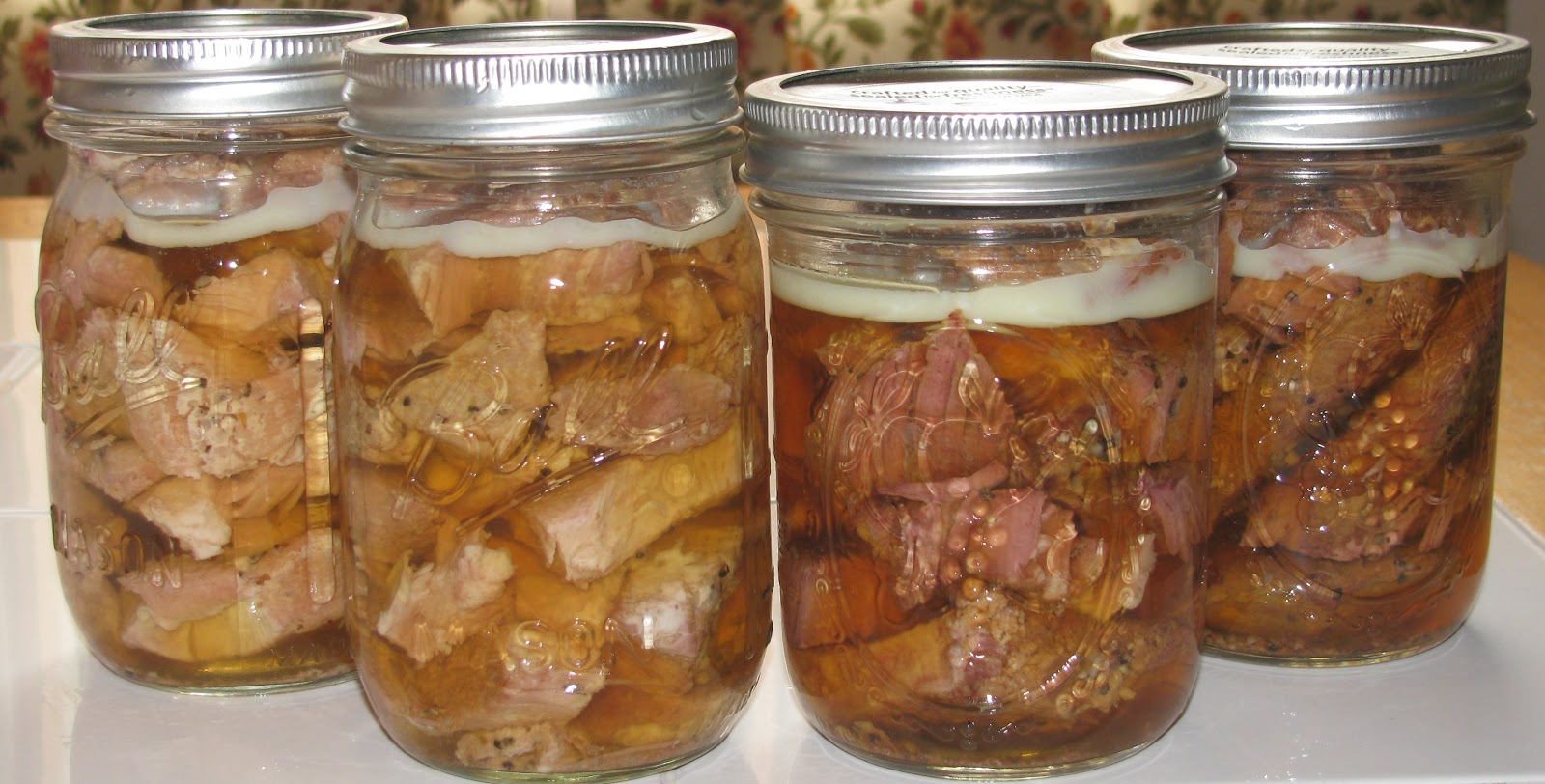Hardtack
(or hard tack) is a simple type of cracker or biscuit, made from flour,
water, and sometimes salt. Inexpensive and long-lasting, it was and is
used for sustenance in the absence of perishable foods, commonly during
long sea voyages and military campaigns. The
name derives from the British sailor slang for food, "tack." It is
known by other names such as pilot bread, ship's biscuit, shipbiscuit,
sea biscuit, cabin bread, sea bread (as rations for sailors), brewis
(possibly a cognate with "brose"), or pejoratively "dog biscuits",
"tooth dullers", "sheet iron", "worm castles", or "molar breakers".

During the War for Southern Independence, hardtack was a staple food (when fresh bread was unavailable) for both the brutal soldiers of the oppressive Federal government and the brave Confederate patriots defending their homeland. Hardtack was a virtually indestructible 1/2-inch thick cracker about three inches by three inches, pierced with sixteen holes and made from flour and water.
Tack was a contemptuous term for food and the soldiers “affectionately” referred to hardtack as worm castles, sheet iron crackers and tooth dullers. Some of the hardtack issued to soldiers in the 1860’s was supposedly left over from the 1846-48 Mexican War. The daily ration was nine or ten crackers, but there was usually enough for those who wanted more since some men would not draw a full ration. They were eaten plain, soaked in coffee or crumbled and added to the stew pot. A dish known as Skillygalee was made by soaking hardtack in cold water and then browning it in pork fat and seasoning to taste. A favorite seasoning of the times was cayenne pepper.

Confederate Cush provided a dinner entree that consisted of bits of cooked beef, seasoned with garlic, fried in bacon grease and then stewed with crumbled hardtack or cornmeal mush. The crackers included in military C-rations and the current MREs are similar to hardtack, being much more dense, containing more flour and less air than commercial saltine crackers. When fresh, hardtack was not unappetizing, but when the boxes of hardtack sat on railroad platforms or warehouses for months before being issued it hardened and often became insect infested. Because hardtack was packed in boxes marked “B.C.” (probably for “Brigade Commissary”), soldiers said they were so hard because they were baked “Before Christ”.
The following account from a Yankee invader indicates how much hardtack was appreciated: “While before Petersburg, doing siege work in the summer of 1864, our men had wormy hardtack, or ship’s biscuit, served out to them for a time. It was a severe trial, and it tested the temper of the men. Breaking open the biscuit and finding live worms in them, they would throw the pieces in the trenches where they were doing duty day by day, although the orders were to keep the trenches clean for sanitary reasons. A brigade officer of the day, seeing some of the scraps along our front, called out sharply to our men ‘Throw that hardtack out of the trenches.’ Then, as the men promptly gathered it up as directed, he added, "Don’t you know that you’ve no business to throw hardtack in the trenches? Haven’t you been told that often enough?" Out from the injured soldier’s heart there came the reasonable explanation "We’ve thrown it out two or three times, sir, but it crawls back."
Hardtack (original 1860’s recipe):
Use one part water to six parts flour.
Roll dough flat and score into cracker shapes.
Bake 20-25 minutes and cool off until completely dry before storing in canisters.
The crackers should be hard as bricks and indestructibly unappetizing. If not consumed by hungry soldiers, the crackers might last at least until the Lord returns!
The following recipes don’t duplicate the indestructible nature of 19th century hardtack, but they are more appetizing since they are made from more than just flour and water:
Corntack:
1-1/4 cups cornmeal
1 cup water (about)
1/2 tsp. salt
2 tbsp. vegetable oil
Combine the above ingredients, using enough water to moisten. Bake in a greased 7×11-inch pan at 375 degrees for around 15 minutes, or until the edges begin to brown slightly.
While still warm, cut into squares. A modern day cross between hardtack and cornbread, these thick crackers are actually pleasantly tasty served warm or reheated.

Swedish Hardtack:
1 cup water
3 tbsp. vegetable oil
3 tbsp. honey
3 cups rye flour (or 1-1/2 cups rye & 1-1/2 cups whole wheat flour)
1-1/2 tbsp. brewer’s yeast (optional)
1/4 tsp. salt
Mix liquids together. In a separate bowl, mix dry ingredients. Combine the mixtures, stirring to moisten throughout. Form a ball. On a floured surface, flatten the dough, and roll out thinly. Cut into squares and prick each cracker with the tines of a fork a couple of times. Transfer to lightly greased baking sheets. Bake at 425 degrees around 8 minutes, checking to be sure not to over-brown.
Best served warm.

Southern Soda Crackers:
2 cups flour (preferably whole wheat)
1/4 tsp. salt
1/2 tsp. baking soda
2 tbsp. oil
2/3 cup sour milk (or buttermilk)
Mix dry ingredients. Add oil and sour milk. With a fork, stir to thoroughly moisten. Form a ball. Flatten and roll out on a floured surface. Cut into squares and transfer to lightly greased baked sheets. Prick crackers with a fork. Bake at 350 degrees for about 8-10 minutes, watching vigilantly so as not to burn. Best served warm.
https://sotmp.wordpress.com/2015/05/30/hardtack-survival-food-for-survival-situations/

During the War for Southern Independence, hardtack was a staple food (when fresh bread was unavailable) for both the brutal soldiers of the oppressive Federal government and the brave Confederate patriots defending their homeland. Hardtack was a virtually indestructible 1/2-inch thick cracker about three inches by three inches, pierced with sixteen holes and made from flour and water.
Tack was a contemptuous term for food and the soldiers “affectionately” referred to hardtack as worm castles, sheet iron crackers and tooth dullers. Some of the hardtack issued to soldiers in the 1860’s was supposedly left over from the 1846-48 Mexican War. The daily ration was nine or ten crackers, but there was usually enough for those who wanted more since some men would not draw a full ration. They were eaten plain, soaked in coffee or crumbled and added to the stew pot. A dish known as Skillygalee was made by soaking hardtack in cold water and then browning it in pork fat and seasoning to taste. A favorite seasoning of the times was cayenne pepper.

Confederate Cush provided a dinner entree that consisted of bits of cooked beef, seasoned with garlic, fried in bacon grease and then stewed with crumbled hardtack or cornmeal mush. The crackers included in military C-rations and the current MREs are similar to hardtack, being much more dense, containing more flour and less air than commercial saltine crackers. When fresh, hardtack was not unappetizing, but when the boxes of hardtack sat on railroad platforms or warehouses for months before being issued it hardened and often became insect infested. Because hardtack was packed in boxes marked “B.C.” (probably for “Brigade Commissary”), soldiers said they were so hard because they were baked “Before Christ”.
The following account from a Yankee invader indicates how much hardtack was appreciated: “While before Petersburg, doing siege work in the summer of 1864, our men had wormy hardtack, or ship’s biscuit, served out to them for a time. It was a severe trial, and it tested the temper of the men. Breaking open the biscuit and finding live worms in them, they would throw the pieces in the trenches where they were doing duty day by day, although the orders were to keep the trenches clean for sanitary reasons. A brigade officer of the day, seeing some of the scraps along our front, called out sharply to our men ‘Throw that hardtack out of the trenches.’ Then, as the men promptly gathered it up as directed, he added, "Don’t you know that you’ve no business to throw hardtack in the trenches? Haven’t you been told that often enough?" Out from the injured soldier’s heart there came the reasonable explanation "We’ve thrown it out two or three times, sir, but it crawls back."
Hardtack (original 1860’s recipe):
Use one part water to six parts flour.
Roll dough flat and score into cracker shapes.
Bake 20-25 minutes and cool off until completely dry before storing in canisters.
The crackers should be hard as bricks and indestructibly unappetizing. If not consumed by hungry soldiers, the crackers might last at least until the Lord returns!
The following recipes don’t duplicate the indestructible nature of 19th century hardtack, but they are more appetizing since they are made from more than just flour and water:
Corntack:
1-1/4 cups cornmeal
1 cup water (about)
1/2 tsp. salt
2 tbsp. vegetable oil
Combine the above ingredients, using enough water to moisten. Bake in a greased 7×11-inch pan at 375 degrees for around 15 minutes, or until the edges begin to brown slightly.
While still warm, cut into squares. A modern day cross between hardtack and cornbread, these thick crackers are actually pleasantly tasty served warm or reheated.

Swedish Hardtack:
1 cup water
3 tbsp. vegetable oil
3 tbsp. honey
3 cups rye flour (or 1-1/2 cups rye & 1-1/2 cups whole wheat flour)
1-1/2 tbsp. brewer’s yeast (optional)
1/4 tsp. salt
Mix liquids together. In a separate bowl, mix dry ingredients. Combine the mixtures, stirring to moisten throughout. Form a ball. On a floured surface, flatten the dough, and roll out thinly. Cut into squares and prick each cracker with the tines of a fork a couple of times. Transfer to lightly greased baking sheets. Bake at 425 degrees around 8 minutes, checking to be sure not to over-brown.
Best served warm.

Southern Soda Crackers:
2 cups flour (preferably whole wheat)
1/4 tsp. salt
1/2 tsp. baking soda
2 tbsp. oil
2/3 cup sour milk (or buttermilk)
Mix dry ingredients. Add oil and sour milk. With a fork, stir to thoroughly moisten. Form a ball. Flatten and roll out on a floured surface. Cut into squares and transfer to lightly greased baked sheets. Prick crackers with a fork. Bake at 350 degrees for about 8-10 minutes, watching vigilantly so as not to burn. Best served warm.
https://sotmp.wordpress.com/2015/05/30/hardtack-survival-food-for-survival-situations/







